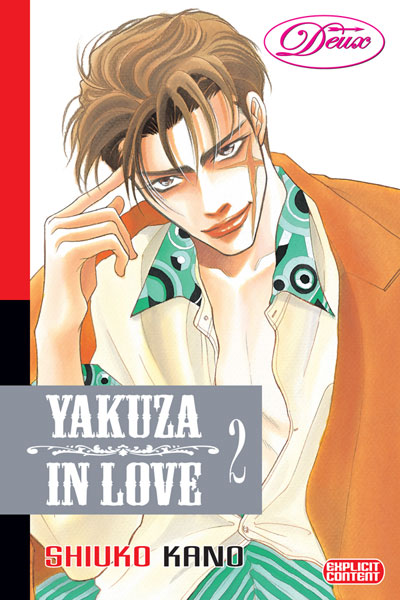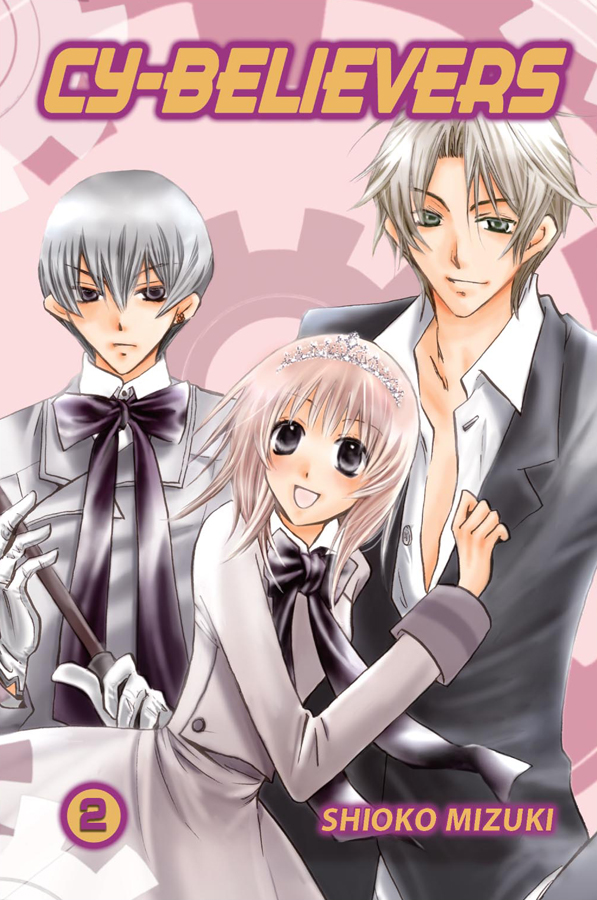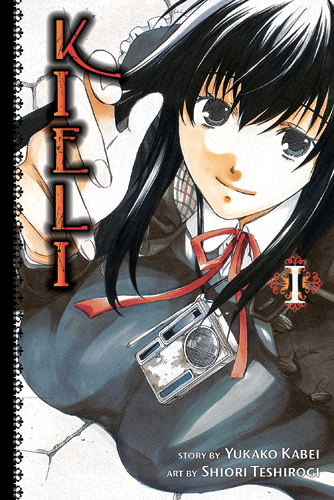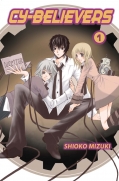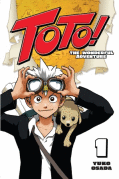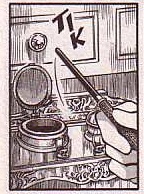Kiichi and the Magic Books, vols. 1 and 2
By Taka Amano
Rated T, for Teen
CMX, $9.99
 The title of this series suggests one of those earnest reading-is-fun kids’ books written by well-meaning adults, which is a shame, because it’s actually much better than that. This is manga, after all, so the books don’t open up new wonderlands; they release demons and wild animals, which wreak havoc in various satisfying ways. The story doesn’t break any new ground, but it’s a pleasant read and the art is unusual and quite graceful in places.
The title of this series suggests one of those earnest reading-is-fun kids’ books written by well-meaning adults, which is a shame, because it’s actually much better than that. This is manga, after all, so the books don’t open up new wonderlands; they release demons and wild animals, which wreak havoc in various satisfying ways. The story doesn’t break any new ground, but it’s a pleasant read and the art is unusual and quite graceful in places.
Kiichi is a little boy who is on his own. After his mother’s death, the people in his village noticed a horn sprouting from his forehead, which betrayed his oni [demon] blood, and they shunned him. His overriding emotion is not sadness or resentment but curiosity—he wants to know about oni, and he wants to find someone like him.
Mototaro is a traveling librarian. In a land where individuals are forbidden to own books, he travels around with a portable rental library; when he arrives in a town, he sets up his lantern and spreads out his books. Kiichi sees Mototaro and his traveling companion, a young girl named Hana, summon tiny dancing oni from the pages of a book. Intrigued, he follows them, swipes a book, and in the way these things always go, ends up traveling with them to the Book Depository, where he hopes to learn more about oni and about himself.
So off they go on their journey, which is punctuated by adventures in the various places where they stop. Along the way, we learn the rules: people and animals often pop out of the pages of books, particularly older ones; these materialized figures are imperfect copies whose ink dissolves when it touches water (or tears); and only a librarian can get the living creatures back into the books. It’s an interestingly self-referential concept, when you think about it: The creatures that spring from the books only look realistic on the drawn page, where all the people and surroundings are made of ink on paper as well.
After a few episodes that demonstrate the power of books, including one in which a woman tries to use them to bring her dead son back to life, Kiichi and his companions arrive at the book depository, where the books are kept and defective books are destroyed. Here the story takes a different turn. New characters emerge, and the characters we thought we now start to develop and show new sides of themselves. Having spent the better part of two volumes getting us used to their invented world, the authors throw in a whole new cosmological angle to the story, one that begins to explain the plot and also puts Kiichi in jeopardy.
The characters in Kiichi manage to be likeable without being boring. Mototaro is sort of a stock character, on the one hand a grudging parent figure to Kiichi and Hana, on the other hand, a powerful magician who hides his talent under an unassuming exterior. Kiichi is plucky, if not particularly gifted; he can run fast and jump high, but unlike a lot of other manga heroes, he doesn’t have any extraordinary talents. Hana is a needy little girl, adrift in the world. Traveling with the trio is Mori, a gentle giant from a race called the Amamori, who have a particular affinity for birds. Mori dispenses wisdom and protects the travelers, but there’s something ambiguous about him that brings a bit of tension into the book.
Kiichi is drawn in a standard manga style, but the artist uses very little toning, instead relying on clear lines, masses of pure black and white, and hatching, as well as areas of great detail that function as grays on the page. It’s an interesting technique that usually looks good, although in a few of the larger landscape scenes, the dark masses of foliage just read as disembodied blobs. The animals that spring to life from the books are believable but not very accurate; they really look like old drawings of animals, even as they terrorize the villagers.
Kiichi and the Magic Books is attractive and very readable. The story is interesting and avoids the trap of being too episodic; by the end of volume 2, the characters are well defined and beginning to develop some depth. Younger readers will probably enjoy this story the most, but there’s enough there to hold the interest of an adult who isn’t looking for standard battle or romance manga as well.
(This review is based on a complimentary copy and galley provided by the publisher.)
